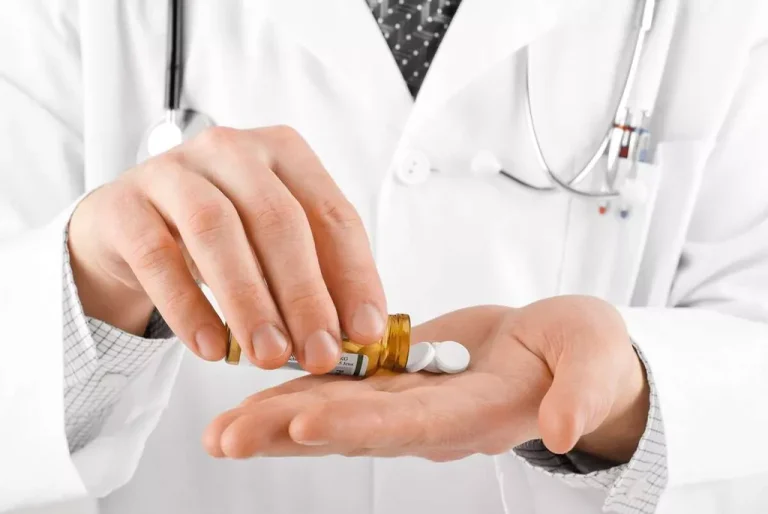
In these cases, they may benefit from exploring different avenues of recovery assistance. From alcohol poisoning, which occurs when your body has absorbed more ethanol than it can process and break down. If left untreated, this condition can lead to severe dehydration and death within hours or days after onset. They provide some energy to your cells, but too much may cause your blood to become too acidic. Intravenous benzodiazepines can be administered based on the risk of seizures from impending alcohol withdrawal. Antiemetics such as ondansetron or metoclopramide may also be given to control nausea and vomiting.

BOX 1 PRESENTING FEATURES OF AKA
If you develop DKA despite these efforts, try not to be hard on yourself. Sometimes, the perfect storm of factors triggers DKA — and they’re often outside of your control. The best thing you can do is get help as soon as possible to prevent it from becoming severe. It’s essential to call your healthcare provider or go to the hospital as soon as you experience symptoms to get treatment before the DKA becomes more severe. Transcend Recovery Community family of sober living homes provides a safe place for those undergoing mental health and addiction treatment to live with like-minded peers.

Pathogenetic mechanisms of hypomagnesemia in alcoholic patients
The prognosis for alcoholic ketoacidosis is good as long as it’s treated early. However, the long-term prognosis depends on the severity of the underlying alcohol abuse disorder. The condition is characterized by a build-up of ketones in the blood, as well as an increased acidity in the blood. As the levels of ketones and acidity build up, the body becomes unable to function properly and can lead to life-threatening conditions, such as coma and death. Carbohydrate and fluid replacement reverse this process by increasing serum insulin levels and suppressing the release of glucagon and other counterregulatory hormones and by providing metabolic substrate. Dextrose stimulates the oxidation of the reduced form of nicotinamide adenine dinucleotide (NADH) and aids in normalizing the ratio of NADH to nicotinamide adenine dinucleotide (NAD+).
- “I ask every patient about alcohol,” says Dr. Baldeep Pabla, an assistant professor at the Vanderbilt University Medical Center.
- Alcoholic ketoacidosis occurs when your body has too much acetate and not enough glucose, which can happen if you drink heavily for an extended time.
- Depending on the timing of a patient’s drinking, some drugs may take longer to be metabolized, resulting in higher than optimal levels of the medication in the person’s system, Gutierrez says.
- How severe the alcohol use is, and the presence of liver disease or other problems, may also affect the outlook.
- Your body needs insulin to turn glucose (sugar), your body’s go-to source of fuel, into energy.
Complications of AKA

The next important step in the management of AKA is to give isotonic fluid resuscitation. Dextrose is required to break the cycle of ketogenesis and increase insulin secretion. The dextrose will also increase glycogen stores and diminish counterregulatory hormone levels. It is essential to administer thiamine before any glucose administration to avoid Wernicke’s encephalopathy preci[itation. If severe hypokalemia is present dextrose containing fluids can be held until potassium levels are normalized.
The Journal of Emergency Medicine

Without enough insulin, the body begins to break down fat as fuel. This causes a buildup of acids in the bloodstream called ketones. If it’s left untreated, the buildup can lead to diabetic ketoacidosis. Typically, an alcohol binge leads to vomiting and the cessation of alcohol or food intake for ≥ 24 hours.
Start Your Recovery Journey
Untreated, diabetic ketoacidosis can lead to loss of consciousness and, eventually, death. With prompt treatment, most people recover from diabetes-related ketoacidosis within a day. Abdominal tenderness consistent with a diagnosis of alcoholic liver disease, pancreatitis, gastritis, or peptic ulcer disease may be found on abdominal examination and may mimic an abdominal emergency.
- It was hard for me to do anything in moderation,” says Clay, 28, who is in the military.
- Your doctor may also admit you to the intensive care unit (ICU) if you require ongoing care.
- In contrast, another study found that people who drank beer “had significantly worse endoscopic disease,” he says.
- Although well described in international emergency medicine literature, UK emergency physicians rarely make the diagnosis of AKA.
- Going on a drinking binge when your body is in a malnourished state may cause abdominal pain, nausea, or vomiting.
- Insufficient insulin, often by missing or under-dosing insulin, is the number one trigger for DKA, so taking insulin as prescribed is the main way to prevent DKA.
- These can be in the form of recovery homes or transitional houses where fellow residents and mental health and recovery professionals are with them all the time as they progress slowly toward long-term sobriety.
- Strongly consider providing thiamine supplementation to patients with alcohol dependence even without signs of thiamine deficiency.
- This causes a buildup of acids in the bloodstream called ketones.
It most often occurs in a malnourished person who drinks large amounts of alcohol every day. The absence of hyperglycemia makes diabetic ketoacidosis improbable. alcoholic ketoacidosis smell Patients with mild hyperglycemia may have underlying diabetes mellitus, which may be recognized by elevated levels of glycosylated hemoglobin (HbA1C).
